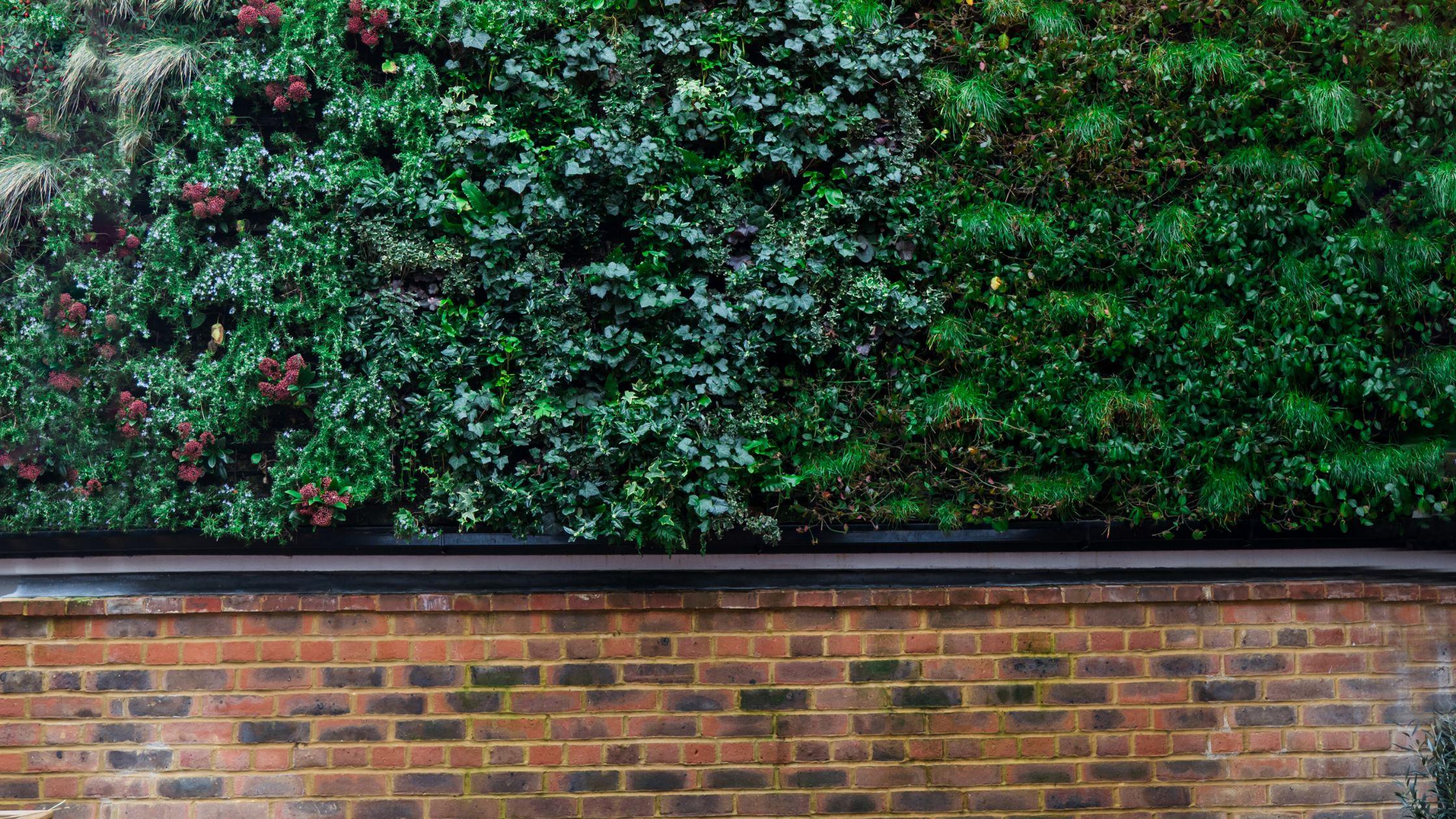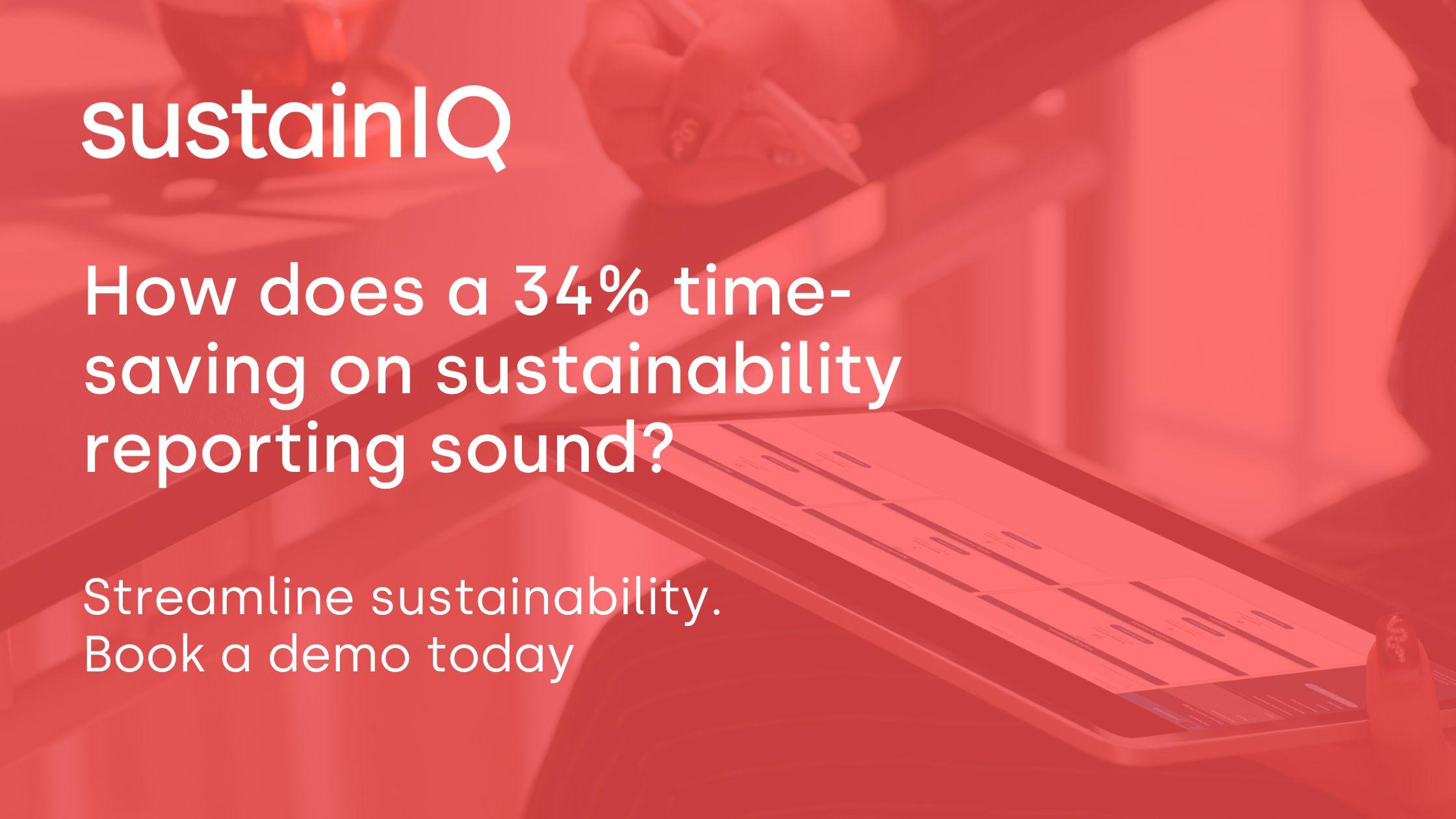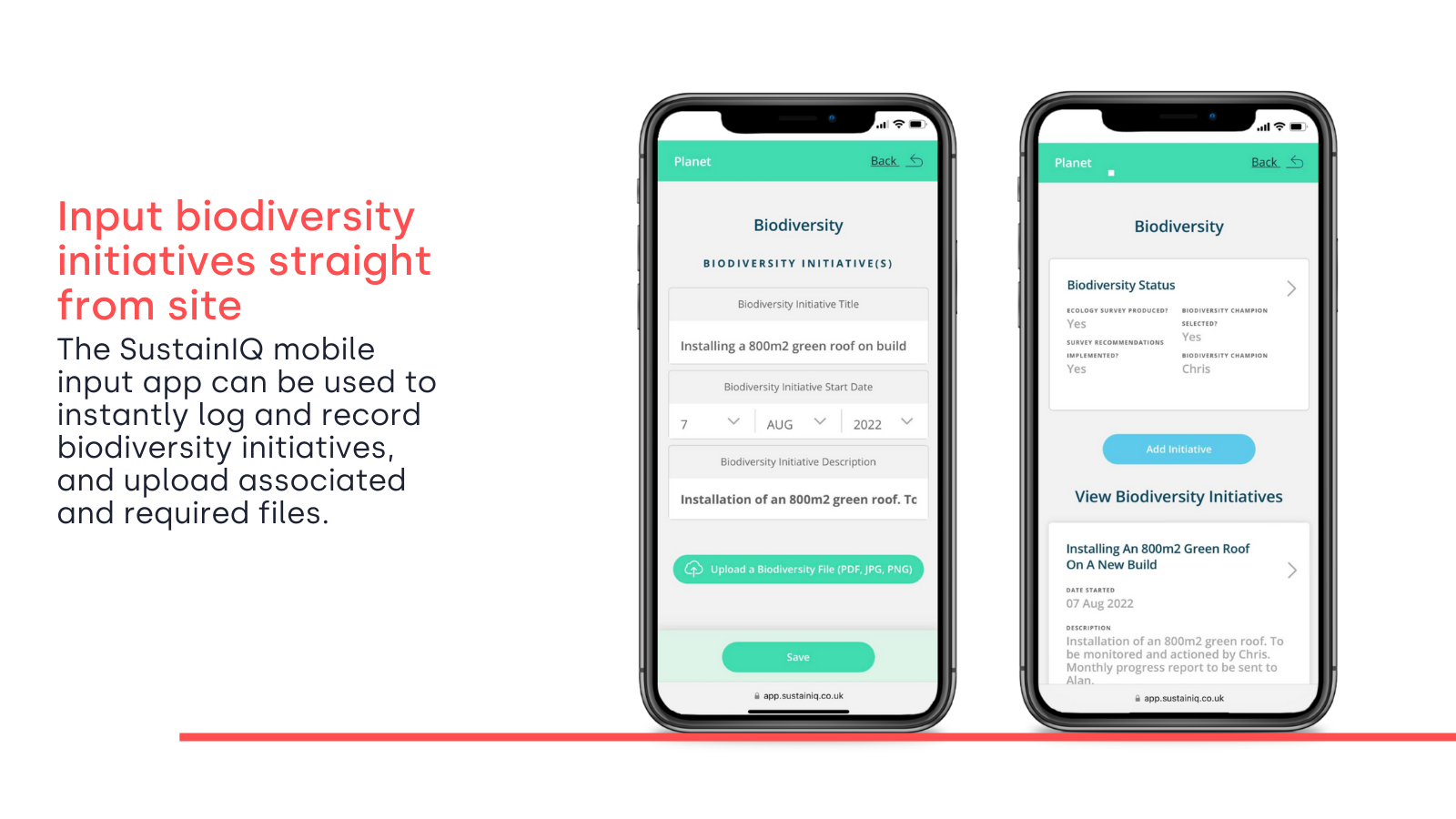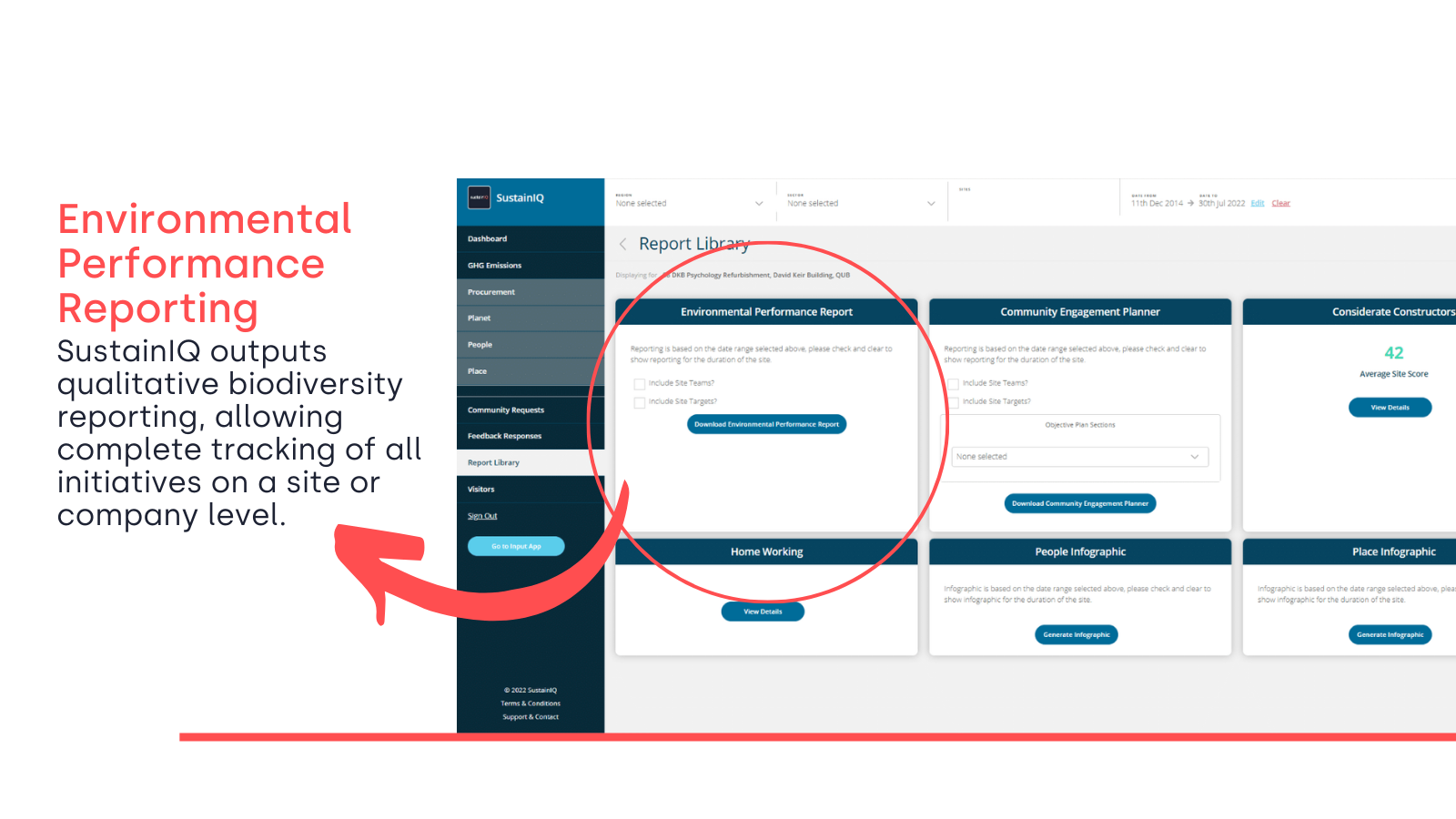Aug 12, 2022 | Conal Love
Biodiversity and nature are an important yet often overlooked part of the race to net zero. It’s common to think the answer to the climate crisis is just to reduce our use of fossil fuels, but one of the significant pathways set out by the UK government involves nature-based solutions (NBS) to help sequester some of the excess carbon we’re emitting.
In our blog on carbon neutrality vs net zero, we discussed how the Net-Zero Standard issued by the Science Based Targets Initiative outlines that companies should reduce emissions by 90-95%, aiming to sequester the remaining 5-10%.
Achieving the complete elimination of GHG emissions is impossible, and within the built environment – set to grow further in the coming decades – introducing NBS to sequester carbon, and ensuring that those solutions have permanence (where possible) should be a key part of any net-zero journey.
What do we mean when we talk about nature-based solutions? What role can they play in urban environments and how can your company embrace them while we continue to push economic growth and development? More importantly, with multiple sites and projects, how do you track, monitor, and measure your company’s commitment to NBS and biodiversity? Let’s discuss!

Nature-based solutions
“Nature-based solutions are actions to protect, sustainably manage, and restore natural and modified ecosystems that address societal challenges effectively and adaptively, simultaneously benefiting people and nature” – International Union for Conservation of Nature (IUCN)
NBS are often implemented to offset negative impacts when businesses disrupt the natural environment through their actions. In construction, nature-based solutions can work to not only sequester carbon, but also reduce energy consumption and minimise scope 1 and scope 2 emissions.
A wide range of studies show that initiatives that support biodiversity and nature also have numerous mental and physical health benefits. Urban green spaces contribute to stress recovery, and visits of 30 minutes a week to green spaces are proven to lead to a 7% reduction in the prevalence of depression.
Given the numerous environmental and social benefits, the UK’s Ten Point Plan emphasises protecting the natural environment, with a goal of protecting 30% of UK land by 2030 as part of the ‘green recovery’.

WELL Standard and commercial benefit
The WELL Standard is a building standard that commits to transforming the way buildings promote the health & wellbeing of their occupants.
When working toward this Standard, design teams must carefully consider occupants’ exposure to light, plant-life, water systems and perhaps green roofs – all of which are essential to scoring highest in fulfilment of the Standard.
For contractors, WELL Standards are proof of high-quality service delivery, and can greatly improve competitiveness in future bids.
Considering the importance of NBS within this Standard, its implementation nis about more than emissions reduction and wellbeing – it’s about adding commercial and marketable value to your business.
Let’s have a look at three practical approaches to supporting NBS.
Practical applications
1. Green walls
Green walls involve installing plant-life either on indoor or outdoor walls. They can sequester approximately 0.68kg of CO2 per sq metre and can help improve insulation which can lower the energy consumption of buildings.
When installing green walls, you’ll want to consider the time of year you plant them, whether walls are south-facing or shaded, and in turn what types of plant can survive in those environments. Many also have the dual benefit of improving office air quality and supporting better health.
2. Trees
Planting trees on surrounding streets or within green spaces on your premises can be an effective way of sequestering approximately 5.5kg of carbon a year.
Importantly, trees can create shaded areas and mitigate temperature rises from the Urban Heat Island (UHI) effect, which, as built environments expand and grow, will be crucial to reducing global temperatures and minimising the impact of rising climates.
When planting trees or installing green walls, it’s important to consider what plant-life can survive, which we discussed in this blog and also to plant native species that will better support local biodiversity and ecosystems.
3. Green roofs
Green roofs are a highly efficient way to implement NBS and attract and support local biodiversity. Green roofs can sequester 1.28kg of CO2 per m2 per year – given a roof area of 800m2, that’s approximately 1,024kgCO2.
Rainfall and flooding is an issue for the UK, making green roofs particularly useful due to their ability to capture rainfall and reduce flooding.
For a cost-effective way of offsetting in design and building, while also supporting biodiversity, green roofs are the way to go.
How to measure biodiversity performance
For contractors, implementing, monitoring, and measuring biodiversity initiatives across a large number of sites and locations can seem complicated. Initiatives can be started with the best of intentions, and with no-one appointed to oversee their delivery, can get overlooked in the operational build.
Luckily, SustainIQ provides a simple tool in our Environmental Management pillar to help contractors qualitatively monitor and track progress on initiatives.

With the mobile app, initiatives can be recorded directly from site. Use the app to:
- Assign biodiversity champions to oversee delivery of works
- Record each initiative to be implemented with accompanying notes on who is responsible and who to report to
- Log ecology reports and record if recommendations are actioned
- Upload associated and relevant documents for each site

Using the reporting dashboard, head office can then instantly generate an environmental performance report for the company or at individual site level, which will include a complete biodiversity report.
With one integrated reporting software tool, our system makes it simple to measure, monitor & report on biodiversity initiatives across the company, showing a commitment to ecology and the natural environment.
Moreover, the data recorded can then be easily presented back in WELL Standard assessments, making it easy to score highest and achieve awards for quality builds.
Hopefully you’ve found this blog useful in learning more about NBS, some applications and their uses.
If you’re implementing NBS or biodiversity initiatives, and need help tracking your impact, reach out to us at [email protected], or contact us today.
Related blogs:
NBS are often implemented to offset negative impacts when businesses disrupt the natural environment through their actions. In construction, nature-based solutions can work to not only sequester carbon, but also reduce energy consumption and minimise scope 1 and scope 2 emissions.
A wide range of studies show that initiatives that support biodiversity and nature also have numerous mental and physical health benefits. Urban green spaces contribute to stress recovery, and visits of 30 minutes a week to green spaces are proven to lead to a 7% reduction in the prevalence of depression.
